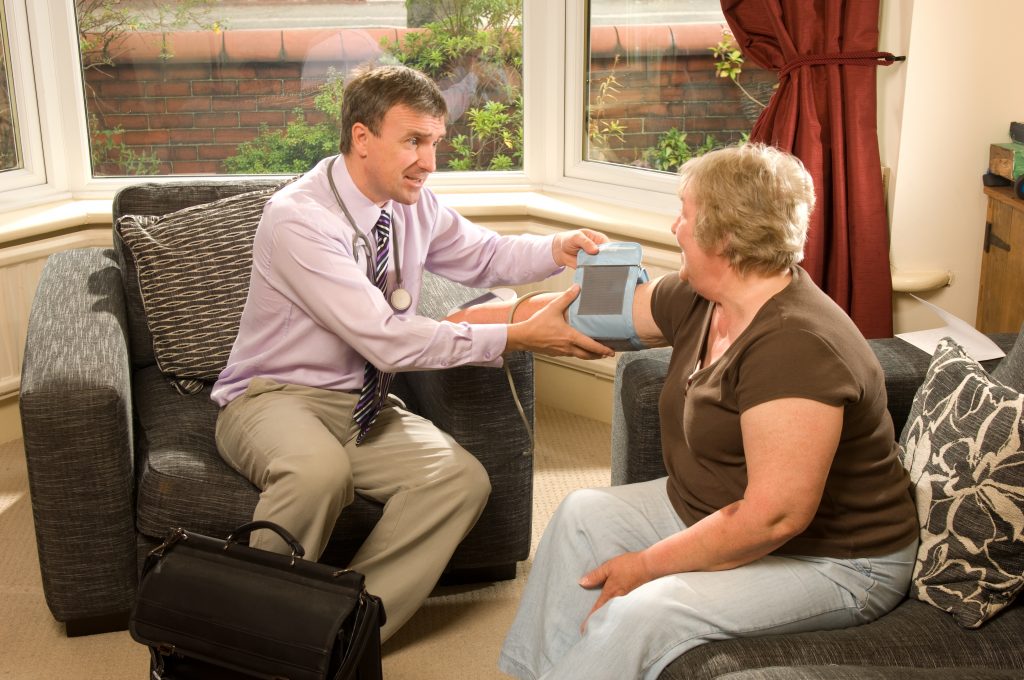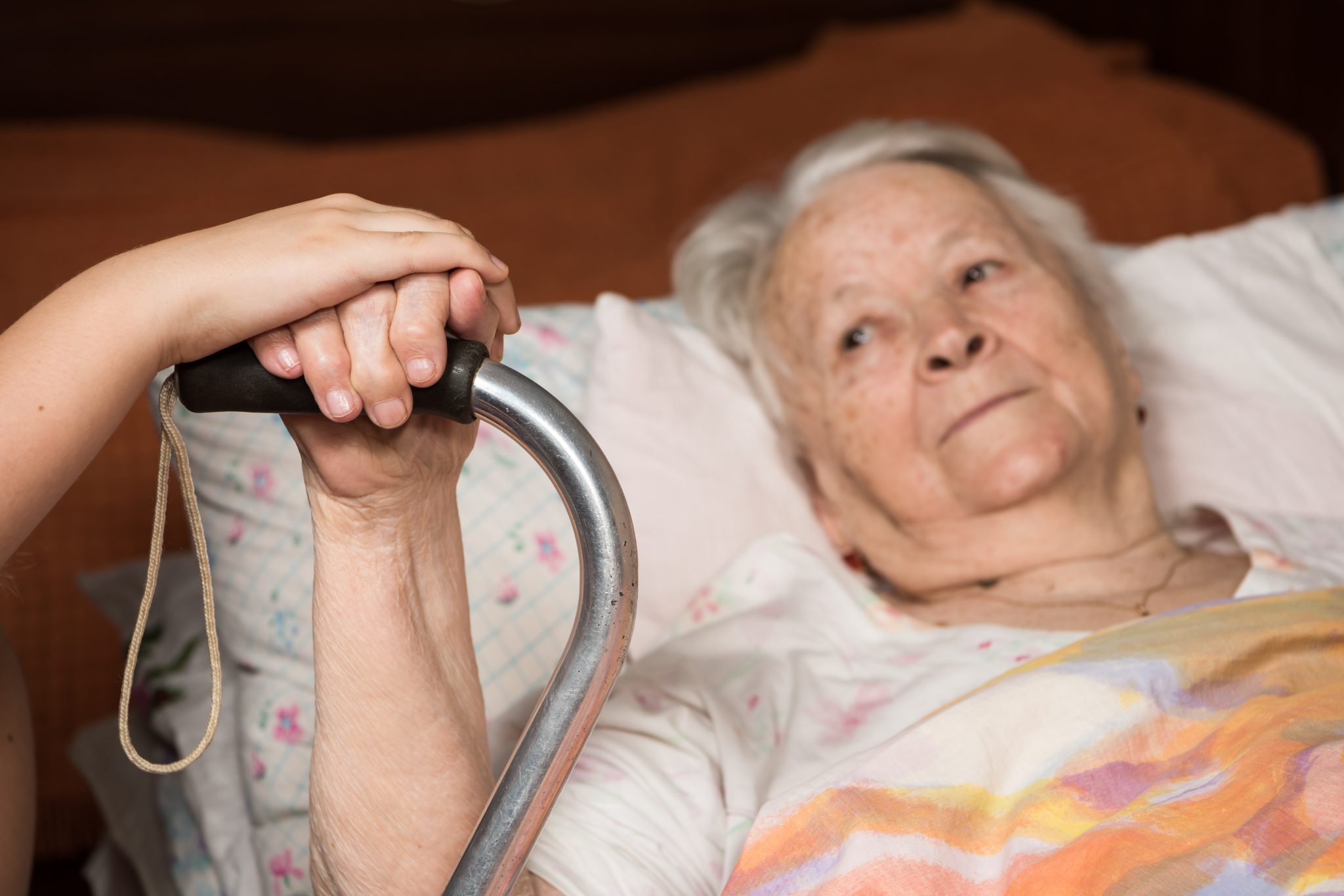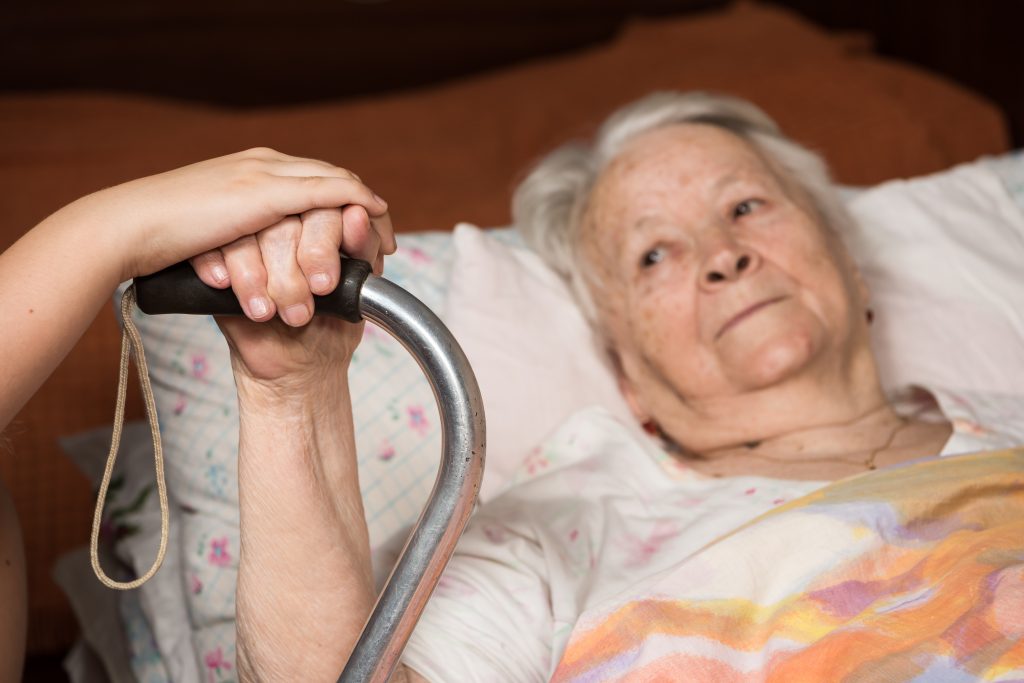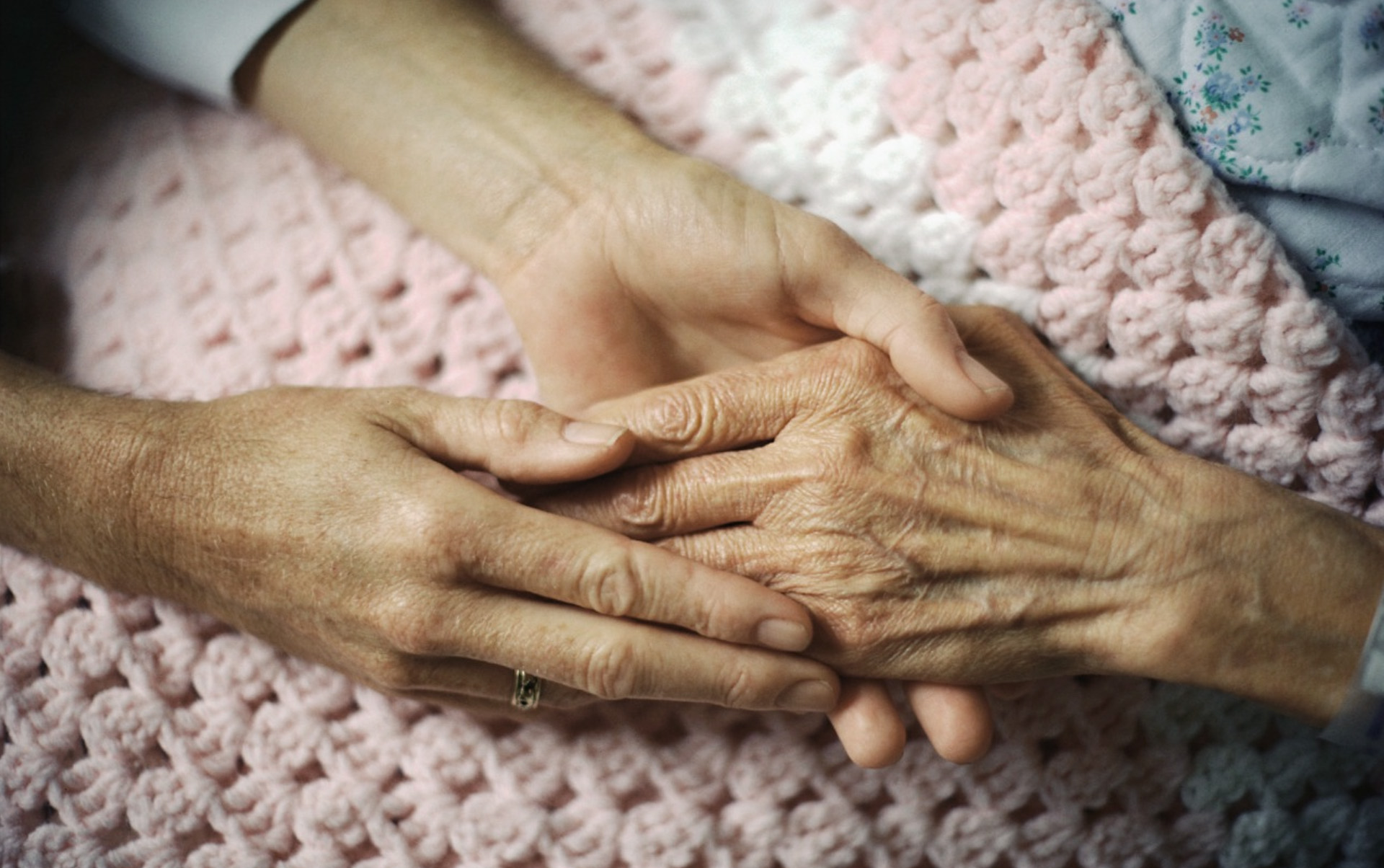The old-fashioned house call is back in a big way. Here’s how it works.
June, 2019 | Harvard Health Newsletter |
It’s hard to get to the doctor when you don’t drive anymore or you’re struggling with several chronic medical conditions. The result may be missed appointments and a lack of needed care.
But a growing trend makes it far easier for older adults to get medical attention, bringing routine exams and diagnostic tests to the patient’s doorstep. It’s called home-based medical care — when doctors, nurse practitioners, physician assistants, or other providers visit and treat older adults right in their homes.
Different from home health care
Home-based medical care isn’t the same as home health care, which sends skilled nurses and therapists to your home specifically to help you recover from illness, injury, or surgery, with the goal of helping you get better and regain your independence.
Instead, home-based medical care is more like a beefed-up house call. “These are their regular visits. The only difference is that we bring the equipment to them,” says Dr. Diane McMullin, a geriatrician with the House Calls program at Harvard-affiliated Mount Auburn Hospital.
In some cases, the house call provider can visit when you develop a sudden illness, like an infection. Some providers can bring mobile x-ray or ultrasound machines and equipment to draw blood and collect urine.
Is it covered?
“Medicare began recognizing home visits about 20 years ago,” says Brent Feorene, executive director of the American Academy of Home Care Medicine. And the number of Medicare-funded house calls has been increasing. For example, Medicare paid for 1.6 million home care visits in 2001. By 2015, the number was 2.6 million.
But Medicare won’t pay for a house call as a simple matter of convenience. “The expert must certify that the visit was medically necessary,” Feorene says.
What’s considered medically necessary? Coverage generally applies when an older adult has a condition that restricts the ability to leave home, making a visit to the doctor’s office considerably taxing. For example, the person might need the help of an assistive walking device or wheelchair, the assistance of another person, or medical transportation; or the person may have a cognitive, psychiatric, or emotional issue that makes it hard to get to an appointment.
Whether your private insurance will pay for a house call is a different story. That depends on your insurer.









